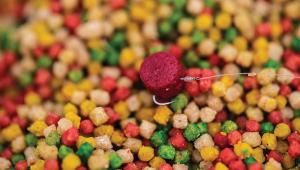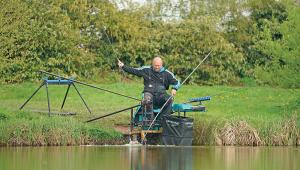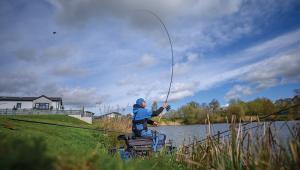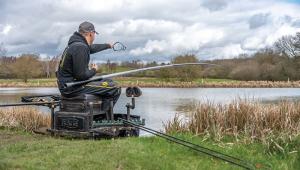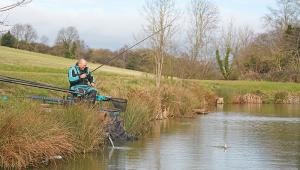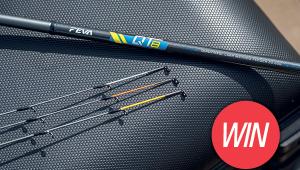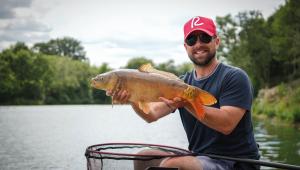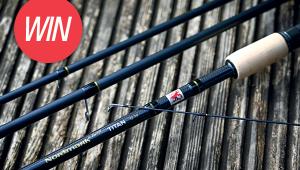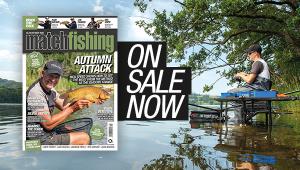Perfecting The Pellet Waggler
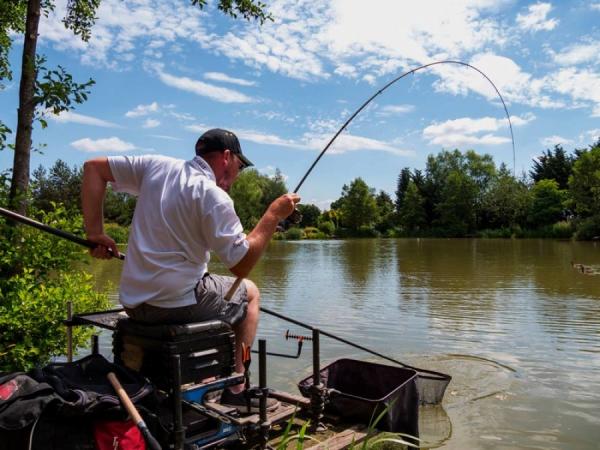
Commercial master Andy Bennett reveals the lessons he has learnt to bag up using the pellet waggler.
Refining the pellet waggler is the key to continued success with this popular approach. Just like any attack, the anglers who perfect it and make it their own will be incredibly hard to beat. One angler who springs immediately to mind is Andy Power; he has years of experience on the method and just keeps on catching with it.
After qualifying for the Maver Match This final at Hayfield last year, I realised that I needed to up my pellet-waggler game. Hayfield now hosts two huge finals with lots of money to be won there, so it has made sense to put time into the pellet waggler, as it is one of the key approaches.
Here are the key lessons that I have learnt; gone are the days of huge wagglers that crash into the water. It is now the age of small, discreet floats and light tackle!
Work Rate!
If you think about any shallow fishing, but particularly pole shallow fishing, then you will come to realise just how hard you need to work for your bites. You are essentially slapping, tapping or feeding all of the time to induce bites and rarely if ever do bites come when the rig is still. Yet for some reason anglers expect to get bites when fishing a pellet waggler by leaving the float in the swim for minutes at a time.
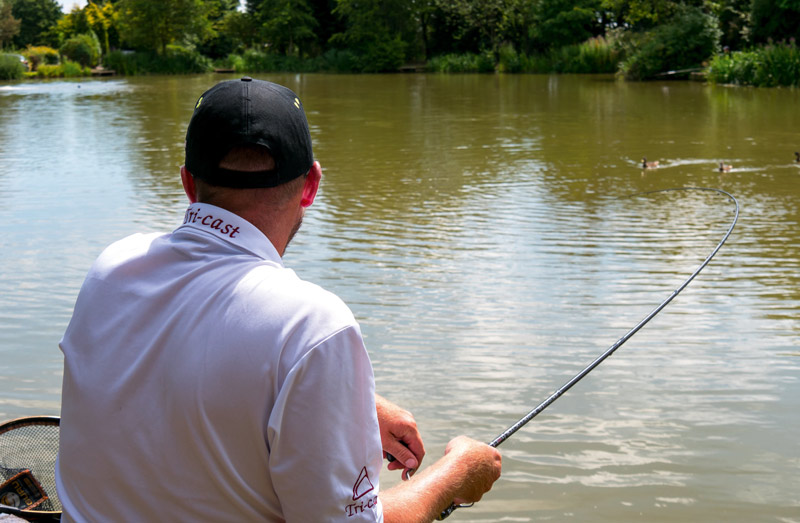
I have learnt that you need to try and recreate the pole fishing situation. Now obviously you can’t do it perfectly, but by working hard with your casting and feeding, you will create a similar effect.
So my first point is to think pole but fish waggler! Work hard and keep casting to create that noise and keep that hook bait falling through the water column, just as when shallow pole fishing.
I like to feed, then cast slightly past the feed, wait for a few seconds for a bite, twitch the float back into the feed, feed again then reel in and repeat the process. The whole process probably takes 30 seconds or so, which means that you are literally making 500 plus casts in a match, so you can see just how hard you will have to work to keep the fish coming.
The Hardware
Anyone who knows me will know that I am not a tackle tart; however, the hardware has to be top-notch in my opinion. The right rod and reel will catch you more fish.
Today I finally have my hands on the new Tri-Cast Excellence Waggler 11ft, a rod that I worked tirelessly with the company to help design. I wanted a rod that was featherweight in the hand, yet has the power, action and response that are vital for pellet-waggler fishing.
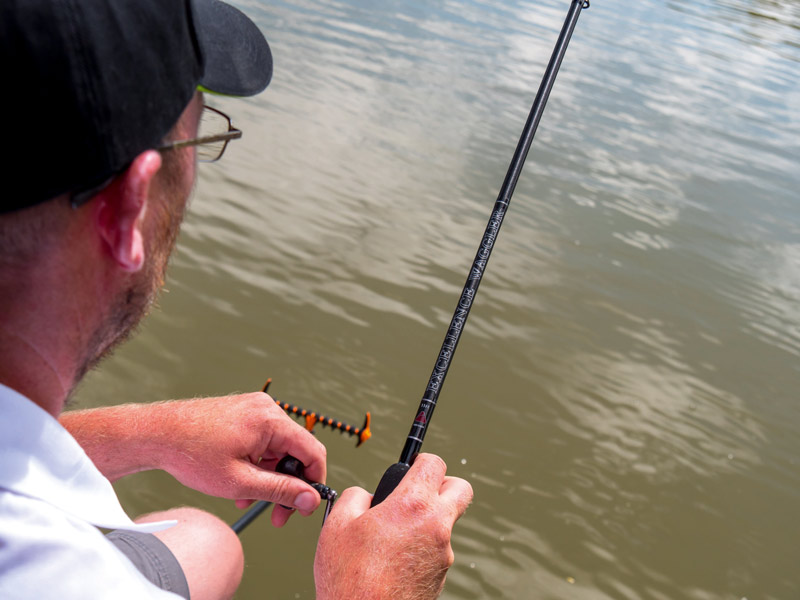
We have achieved it and the end result is incredible. Teamed with a high quality reel, in my case a 3012H Certate, this combination makes the high work rate easy and enjoyable.
I mentioned about the response of the rod and this really is vital, especially where F1s are present. You need a rod with a lightning-fast tip speed that picks up the line as quickly as is physically possible. Missed bites from F1s can be an issue but rods of this quality will stack the odds in your favour.
Interestingly I nearly always choose an 11ft rod even though we do stunning 10ft, 12ft and 13ft rods. I just find the 11ft length is perfect for my fishing. It has the perfect action for playing big fish too.
The Floats
One huge thing that I have worked out is how important float choice is. Fish have become incredibly wary, particularly the bigger, older carp at places such as Hayfield.
The float needs to have enough weight to cast to the 20 to 25m range, yet make minimal noise on the surface. Think about the noise that a 8mm pellet makes, and while you can’t recreate that fully at any sort of distance, that is what you need to have in mind.
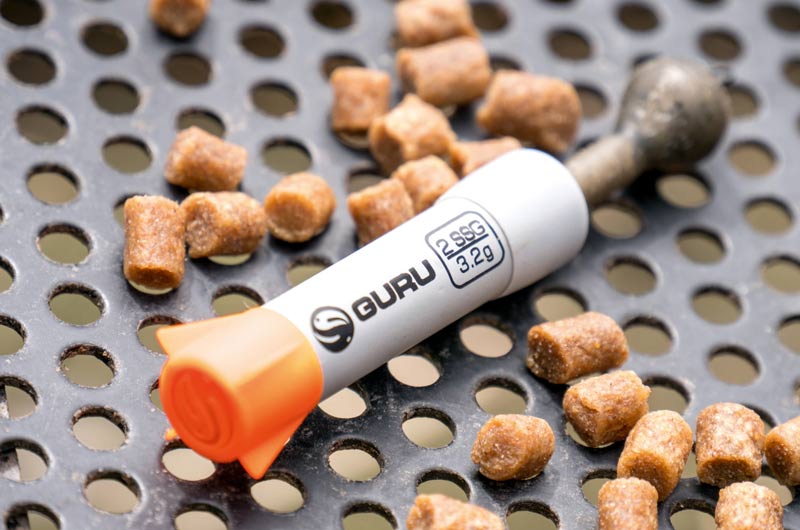
I have a range of wagglers that I bring into play but a banker is the smallest 2SSG Guru Foam waggler with the Waggler Converter attached. This compact setup casts well and enters the water discreetly and is a great shop-bought option. I also have some floats that I have made and adapted myself that are even smaller, which are brought into play on calm days when the fish are spooky.
My advice would be to think about those 8mm pellets hitting the surface and try a range of floats that will recreate closely that situation. You may need to adapt some floats to suit but that is the effect that you are looking for.
Terminal Tackle
Simple and strong is the key to pellet-waggler fishing. Firstly the reel line is 4lb Pulse, which is a strong, low-diameter reel line, ideal for casting the light floats.
The hooklength is 0.15mm combined with a size 18 Super MWG hook with a short hair rig and bait band.
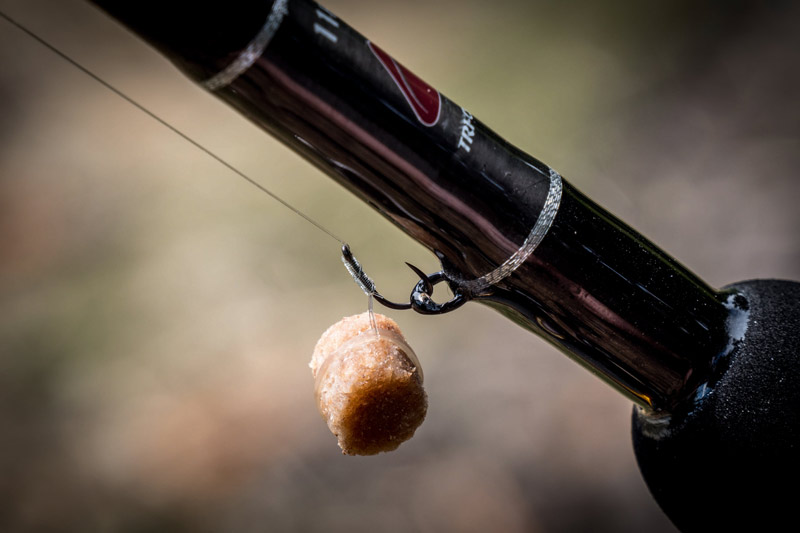
I have tried using lighter hooklengths but at the end of the day you need to land what you hook and the risk is not worth the reward in my opinion, so 0.15mm is the lightest I will go.
I actually set the float up using line stops, which allow me to change the depth quickly. Depth is something venue and session specific so I can’t say always fish at X depth. But I have learnt that the correct depth depends on a few variables.
The depth of the lake is very important; Hayfield for example, is a deep commercial and often you can catch three to five feet deep. But on the flipside take Gold Lake at Partridge, where I am fishing today – it’s five feet deep in front of me and the best depth is 18 inches.
Species also matter when we are talking depths. F1s will naturally sit shallower than carp so if you are looking to catch them then try fishing between 12 and 24 inches deep. But for carp, try fishing slightly deeper.
Bait
Pellet selection is another area where there is more to it than meets the eye. There are two sizes that I consider: 6mm pellets are important on smaller commercials where F1s are involved, but for the most part it’s all about 8mm pellets.
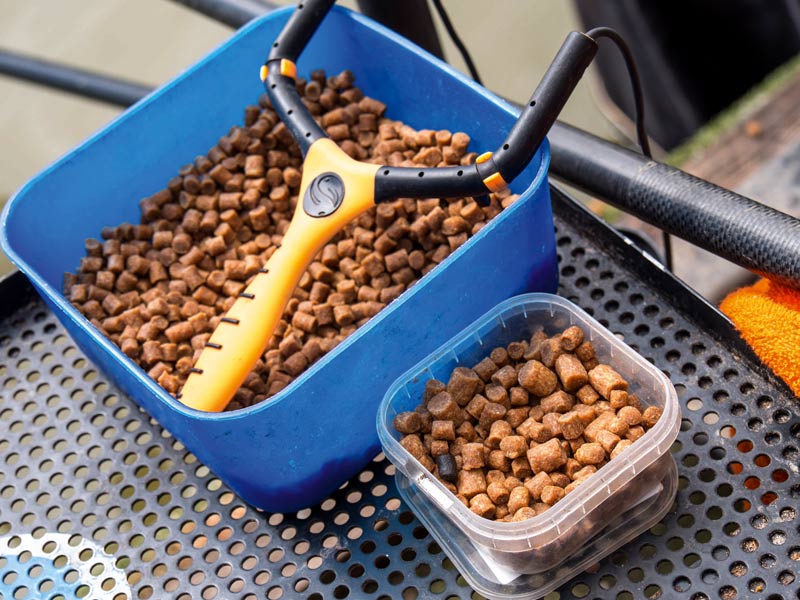
There are two main pellet types around – Skretting and Coppens. Most anglers are familiar with this now but for those who aren’t here are the differences.
Skrettings are the original pellet that we all grew up using. Fish love them and I love using them! They are superb for shallow fishing too as they sink relatively slowly, so the bait naturally hangs in the upper layers slightly longer.
Coppens are a more recent option. They are a very uniform pellet that a lot of fisheries insist you use. I personally think the fish prefer Skretting pellets. Coppen pellets sink too quickly for me, but of course in some instances you have no choice but to use them.
No matter which pellet you have to use though, make sure you carry a small tub of different hard hook pellets. Every day is different and often what hook bait works on one day may not on the next. So take with you a few different sizes and few different shades, usually one will be noticeably better.
Catapults
A good selection of catapults is a great idea as this constant style of feeding really takes its toll on your catty elastic and pouches. I carry two styles, the Incredible Pult and the standard Guru Catapult.
These two catties are capable of firing and grouping pellets at that 20 to 25m range. The lighter catty is used in good conditions while the beefier Pult is necessary in windy conditions. The feed needs to be grouped as accurately as possible in my view and these two catapults allow me to do that.

One little tip is regarding the storage. Many companies produce catapult bags and they are great to keep everything stored neatly. However, the EVA versions can trap the moisture, which can actually rot the elastic. So I simply make some holes in the lid to allow the moisture to escape. A simple trick that will save you a few quid down the line.
Keep It Up
You’re all set with the right kit, bait and mentality, now for the hard part and that is putting it all into practice.
The best pellet-waggler anglers will fish the method for the majority of their match. There is a good reason for this in that it is rare that you will just cast in, feed and get bites all day. The more common trend is to have little runs of bites throughout the session, which is why the best anglers will keep going so that they don’t miss that window of opportunity when it comes along.
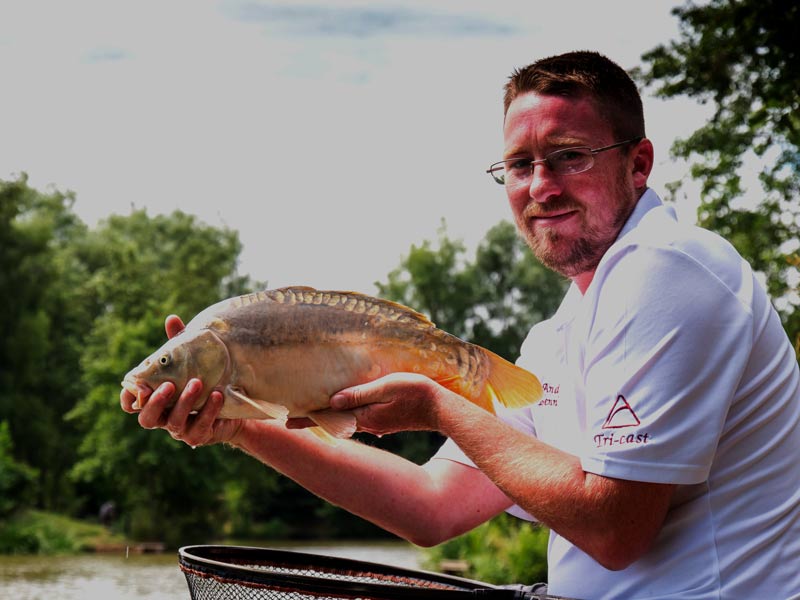
Today it has taken me over 45 minutes to get my first bite. The fish were there but the timing wasn’t right, so it was a case of building the swim until I have had that first window of opportunity. It doesn’t last long but suddenly I have four carp for over 20lb in the space of 10 minutes before the action slows up again.
This is so typical with this method. Short bursts of action before rebuilding the swim again ready for the next opportunity.

But the keys are always to keep working hard, keep feeding and keep going! Work the swim hard and your opportunities will always come as a result. It may take a few hours but you will get your rewards.
- Log in or register to post comments
